Rich in bokeh: The Sigma 85mm f/1.4 DG DN Art lens is simply stunning (Image Gallery & field notes)
posted Tuesday, September 22, 2020 at 8:57 AM EDT
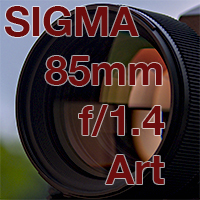
Prime lens aficionados are always on the lookout for the next "baby" for their lens bag. Whether it's the need for a brighter aperture, a longer focal length, or simply something less heavy or less expensive, the promise of that next gorgeous prime lens is always just a purchase click away. And if you're like us, a mention of Sigma's "Art" series has generally caused our heads to swivel in their direction.
Most photographers out there have by now heard of this long-standing line of lenses, as they've come to represent terrific value for the price over time. The Sigma 85mm f/1.4 Art for L-mount (and FE mount) represents the continued pursuit of quality in not only a more affordable package, but a lighter one as well. And, as many of you well know, in the Full Frame world all grams (and ounces) make a difference out in the field.
I'd just concluded a Field Review for the Panasonic S5 when I got the call from Sigma about the availability of their new 85mm f/1.4 Art lens. With the draw of the L-mount platform still fresh in my head, I jumped at the chance to keep exploring the possibilities of the system, not to mention being excited to try out another Sigma Art lens.
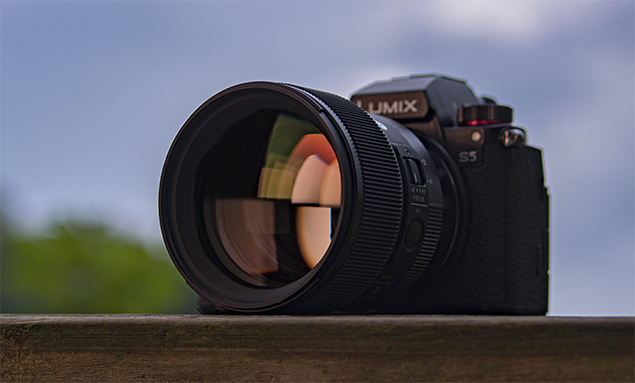
(as shown on the Panasonic S5 L-mount camera)
The weight combination between the 85mm f/1.4 and the Panasonic S5 is very nicely balanced. At 714g for the body and 625g for the lens, the pairing yields a comfortable overall ergonomic feel, remaining at a reasonable total compared to so many full-frame portrait combinations from year's past that tended to tip the scales at far heavier than this for such a bright lens on a full-frame camera body.
In addition, their "communication" is fast and seamless, just as I'd experienced while shooting the Sigma 100-400mm on the S5. Autofocus for stills is lightning-fast, and all general control parameters such as the placement of the AF point are as straightforward as when shooting with Panasonic L-mount lenses. I didn't shoot any fast-moving wildlife with this combination, but C-AF worked well for slow-moving subjects as you'll see in a few examples below.
85mm: The classic portrait focal length
85mm has long been considered the "ideal" portrait focal length, and for most portrait work this a good guidepost. The reason is that as you get too wide (below about 50mm) a person's face can appear unnaturally rounded (i.e. not as attractive, such as you see in many selfies). As you get too long in focal length, the face can become too flattened (anything beyond about 180mm, depending on several additional factors). As such, 85mm is widely considered the best focal balance.
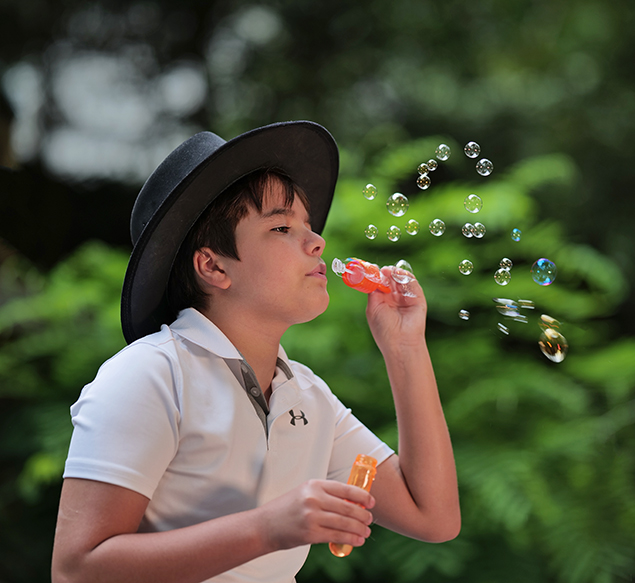
There are plenty of reasons why 85mm is considered "classic" for portrait work.
People tend to look more "natural" in and around this general focal length range.
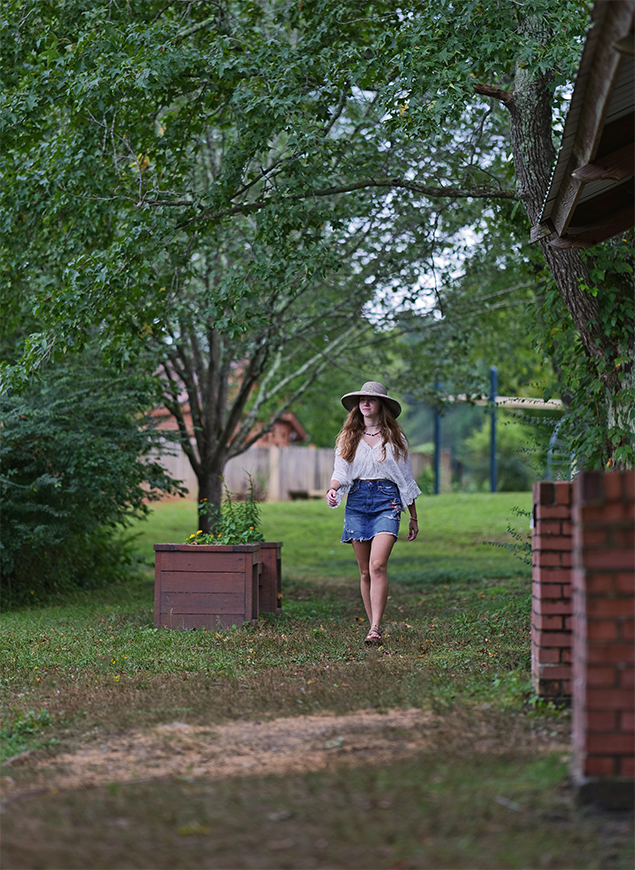
Continuous AF between the S5 and the 85mm f/1.4 Art was quite capable for walking subjects.
As mentioned in several reviews on IR, the DFD technology employed by Panasonic for C-AF has had issues in the past, but they have strengthened the algorithms in the S5, and unless your subjects are moving very quickly or erratically, we've found that the technology now works quite well.
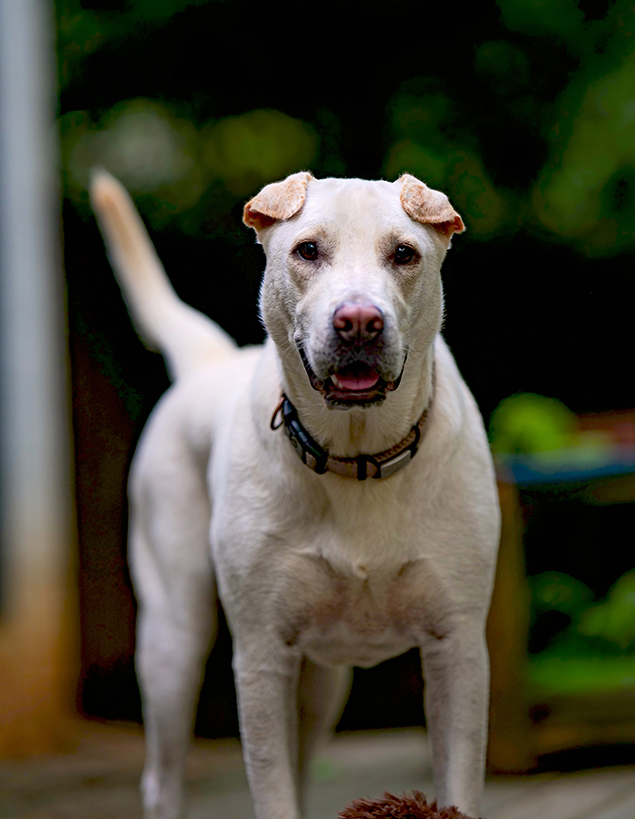
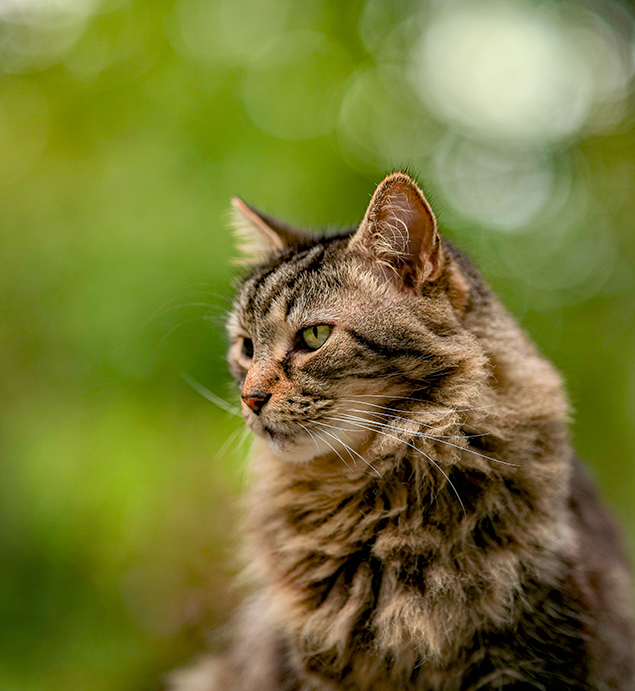
1/800s / f/1.4 / ISO 100
This shot is just one of the examples we'll see in this piece showcasing just how shallow the depth of field potential is with this bright full-frame lens. This can be wonderful for showcasing your subject, and yet can be quite tricky in establishing correct focus. Cameras equipped with eye AF (and animal eye AF) can assist you in this regard, or just relying on the old-fashioned technique of simply moving the AF point around in the EVF works as well.
The notion that 85mm is a capable choice for portraits then is certainly a good one, but it would be a mistake to think that it's the only good use case for the focal length. After all, there are no zoom lenses that span 85mm that can go anywhere near as bright as f/1.4 (that I'm aware of). And if they did, they'd surely be the heaviest lens around. As a result, you can use this lens to achieve certain shot types in nature that are simply not possible with the standard f/2.8 zoom lenses you'd normally use for those purposes.
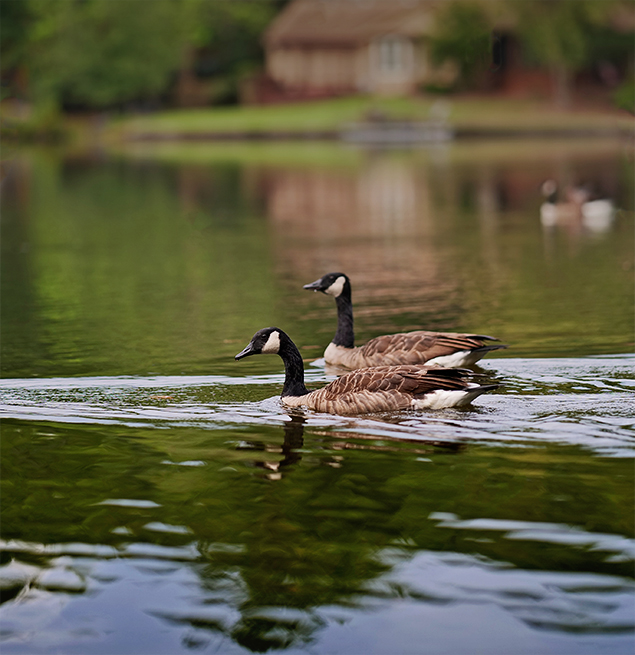
1/1600s / f/1.4 / ISO 100
You'll be hard-pressed to find a standard zoom lens that can separate your
wildlife subject from the background as effectively as this. Longer primes can,
but tend to be quite heavy, making this choice intriguing if you can get close enough.
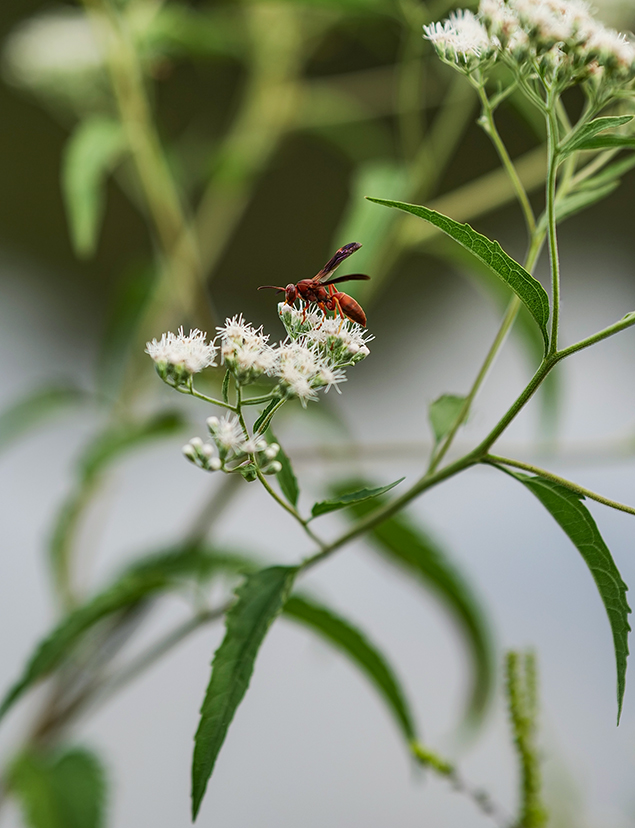

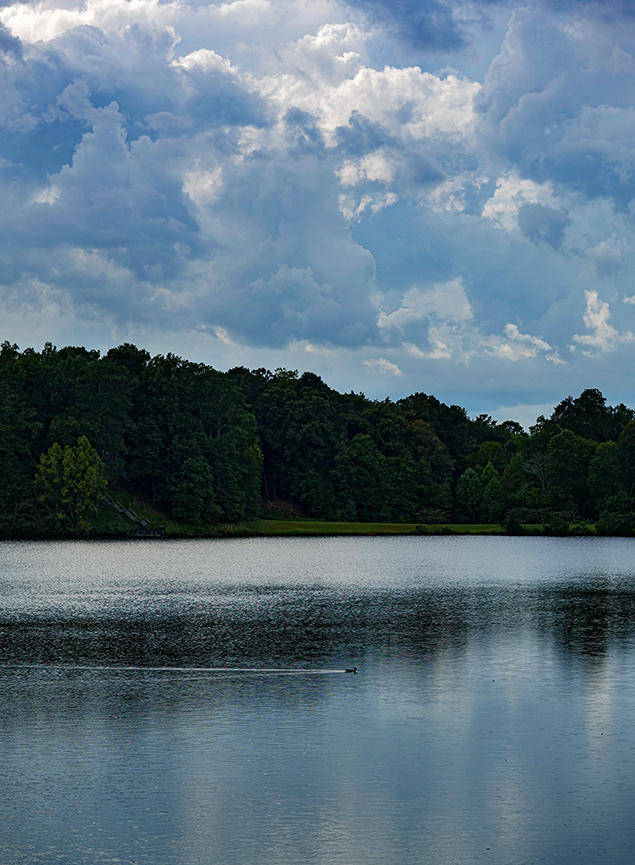
85mm f/1.4: Rich in bokeh
Let's take a closer look at one of the most important aspects of a quality bright prime lens, and that's the general flavor and smoothness of the background blur, commonly referred to by the Japanese term bokeh. Like fine wines or cheeses, bokeh comes in a lot of different flavors, and there are many different lens design factors that help shape this flavor.
The 11-bladed, rounded aperture design of the 85mm f/1.4 Art lens is just one of these, although certainly a significant one. Below are a few shots that further showcase the particular bokeh flavor you can expect should you purchase this lens, and I find the textures and variety to be quite appealing overall.
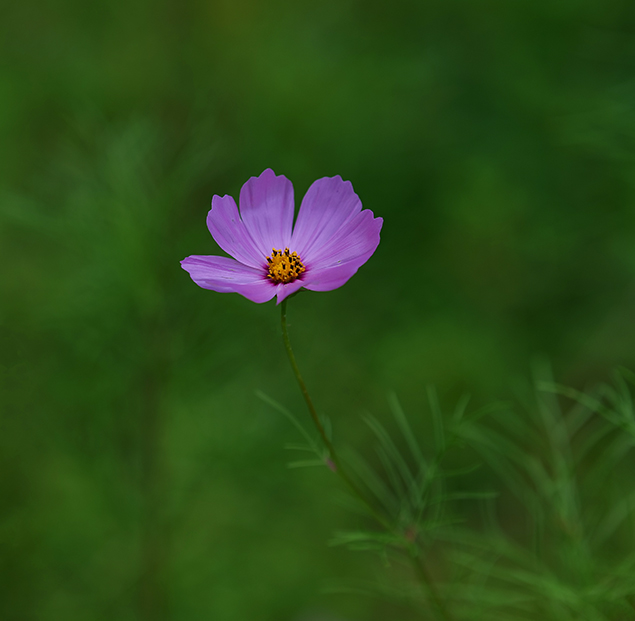
This beautiful flower lives amongst a tangling of unattractive weeds, yet the separation
provided by the 85mm f/1.4 yield a different picture altogether, even slightly stopped down.
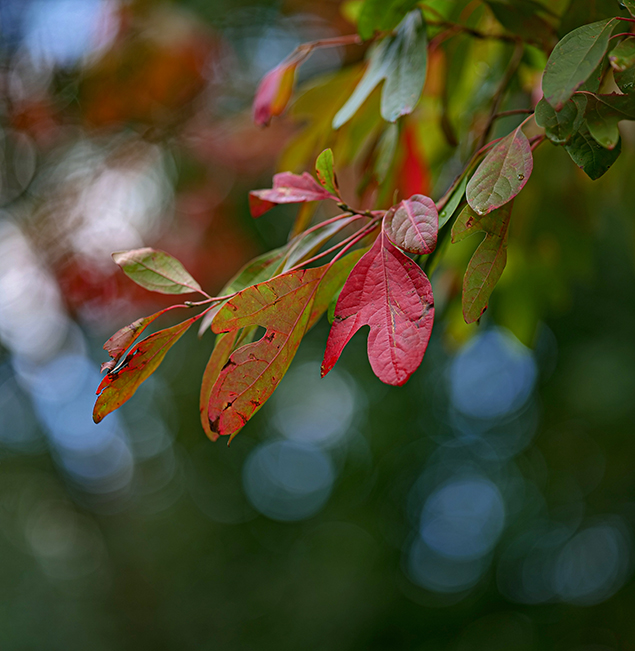
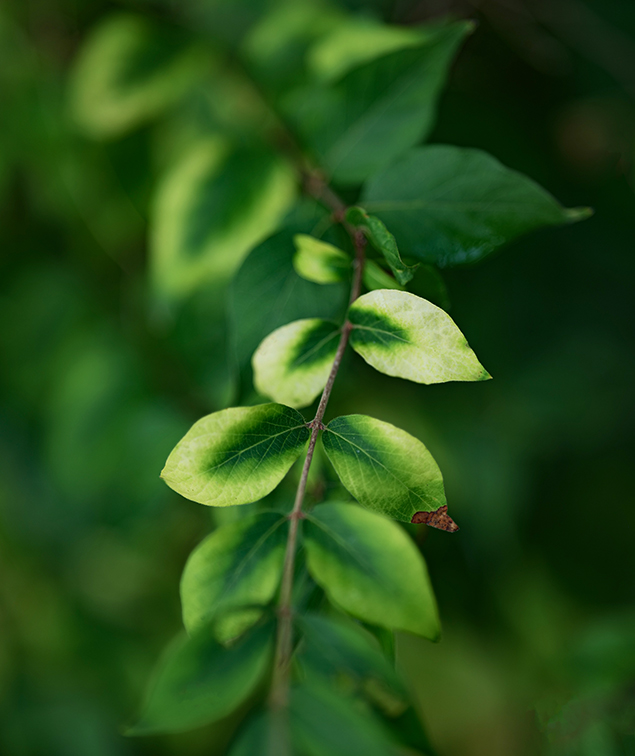
Not the most artistic of images, but does showcase the transition
between the near and far out-of-focus areas from the lens wide open.

At times, the bokeh from this lens can seem almost otherworldly.
85mm f/1.4 Art: As sharpness goes
Balancing out the beautiful bokeh is the need for sharpness of your subject matter, and as we've seen routinely with Sigma's Art lens series, the sharpness potential of the new 85mm DG DN does not disappoint. I'll show a few examples of 100% crops here, and we'll circle back with a full lens test from our lab once available.
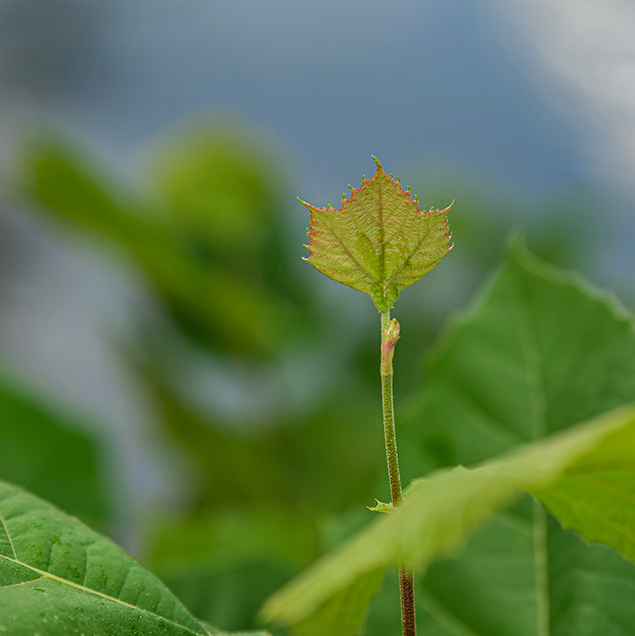
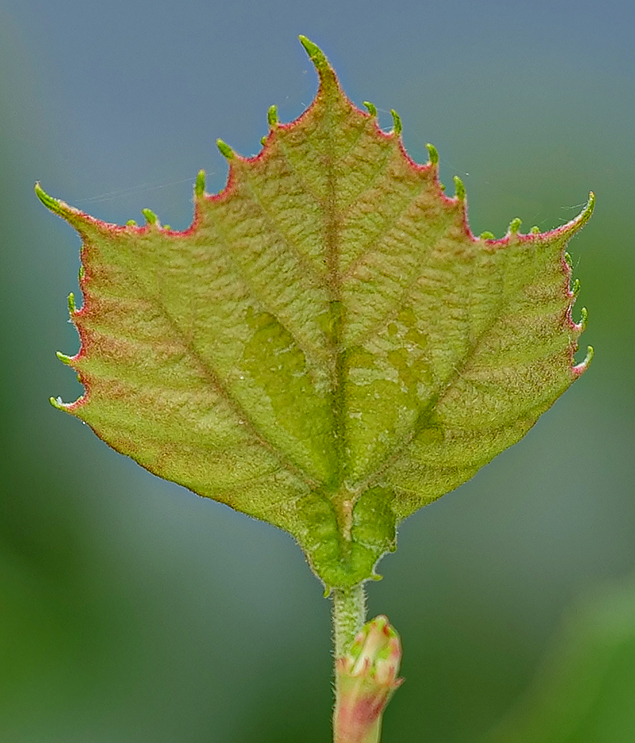
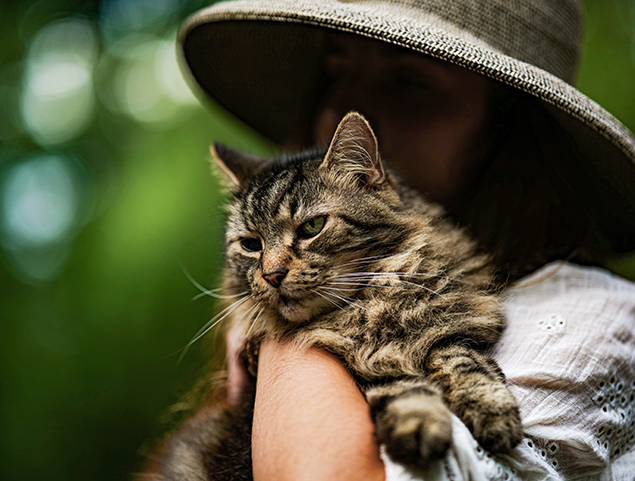
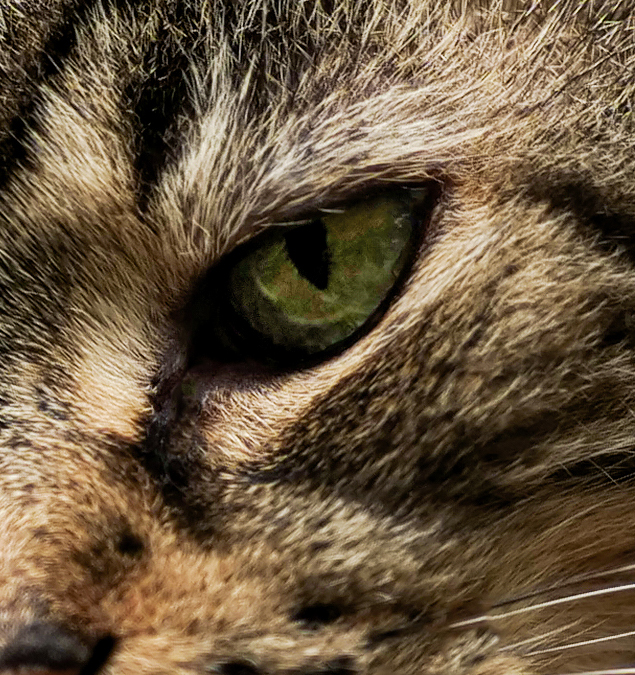
Initial gallery conclusion
The Sigma 85mm f/1.4 Art lens for mirrorless provides an intriguing blend of sharpness with deep bokeh potential. The subject-to-background separation is amazing, and the overall quality of the bokeh is superb. In addition, the lens is lightweight considering it's a bright, full-frame prime lens, and it balances quite nicely on the new Panasonic S5 which I had it paired with. The overall focus performance from the combination is also quite good.
To be creative... that's why we chose photography. And it stands to reason that some tools can help us shape our creative output better than others. Portrait photographers will likely find the Sigma 85mm f/1.4 Art lens quite valuable in this regard, and yet the lens is worthwhile for far more than just that.
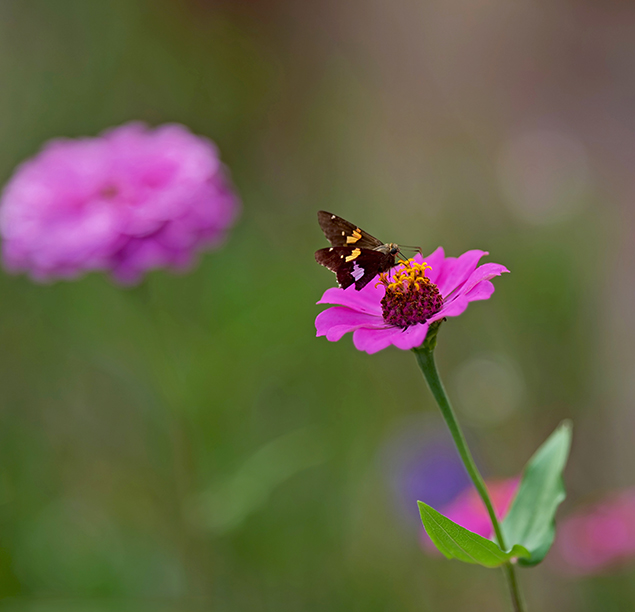
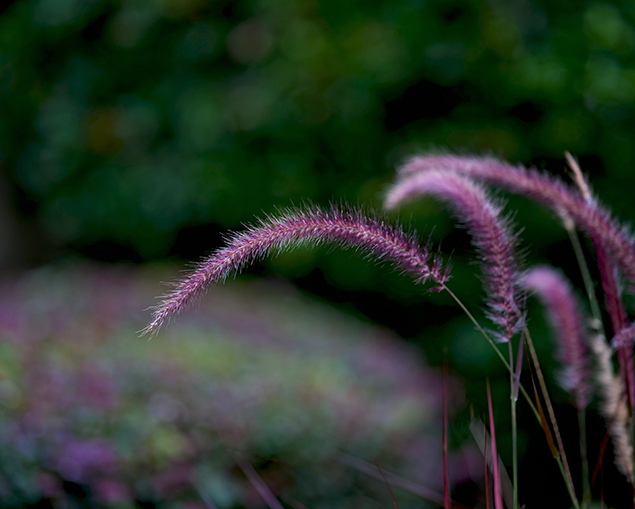
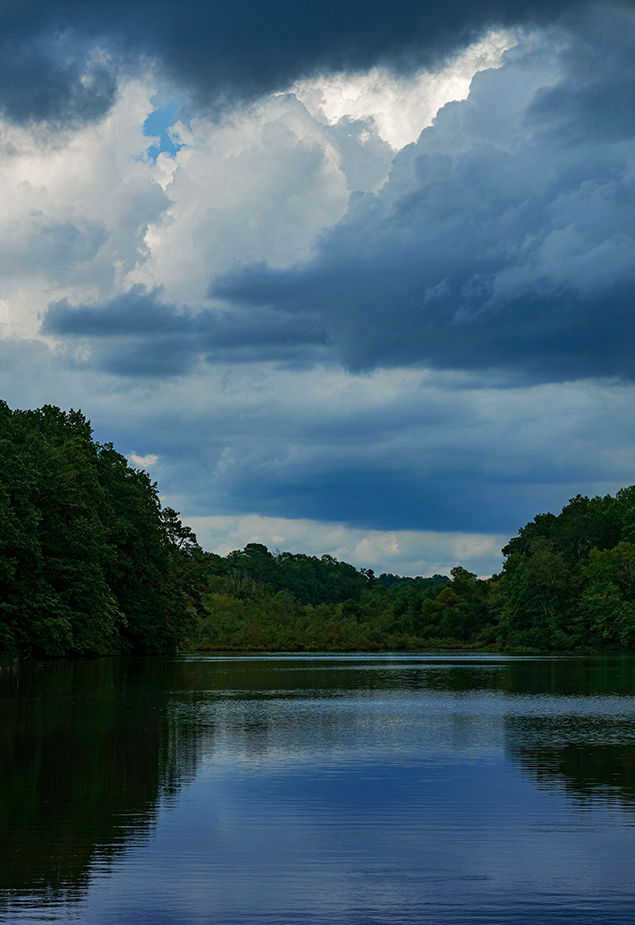
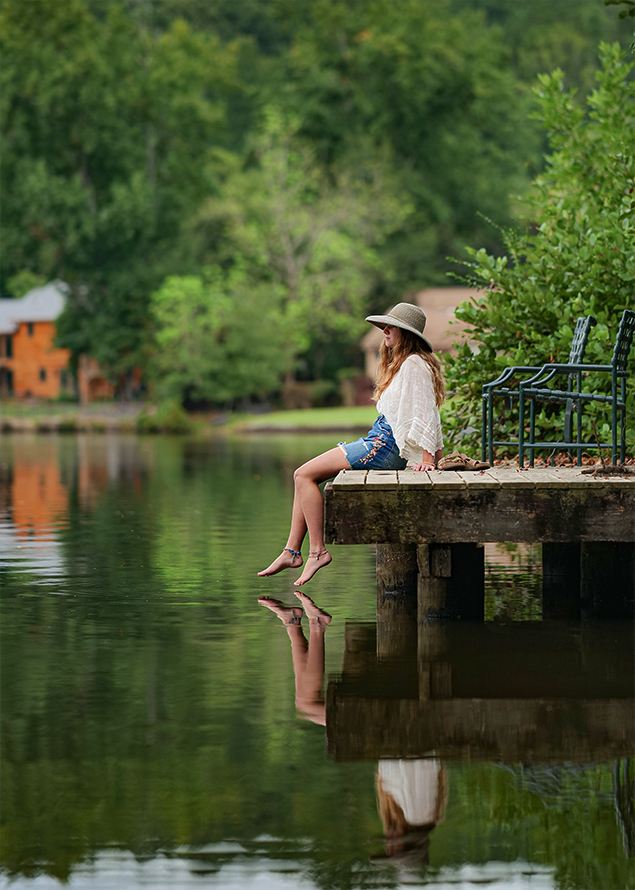
• Sigma 85mm f/1.4 Art Gallery •
And to get the inside scoop on how Sigma designs their lenses, please click below.
• IR/Sigma Interview •

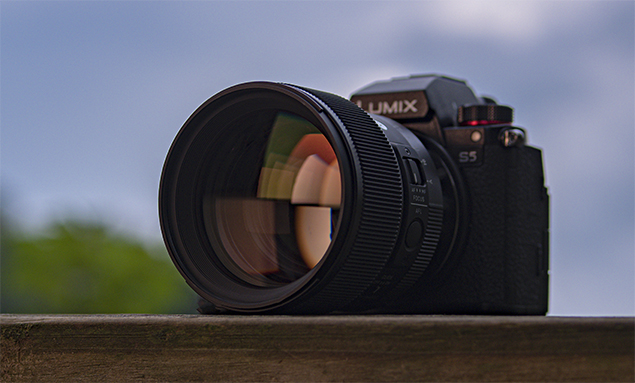
(as shown on the Panasonic S5 L-mount camera)

(as shown on the Panasonic S5 L-mount camera)
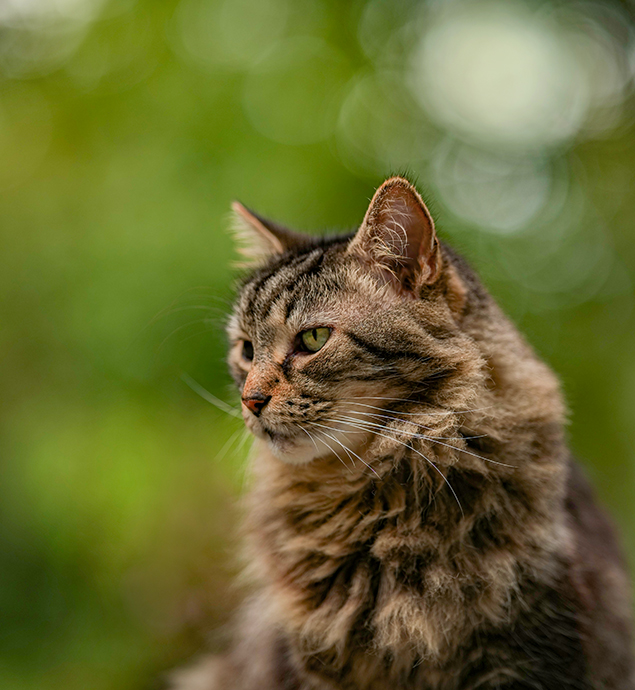
This shot is just one of the examples we'll see in this piece showcasing just how shallow the depth of field potential is with this bright full frame lens. This can be wonderful for showcasing your subject, and yet can be quite tricky in establishing correct focus. Cameras equipped with eye AF (and animal eye AF) can assist you in this regard, or just relying on the old-fashioned technique of simply moving the AF point around in the EVF works as well.
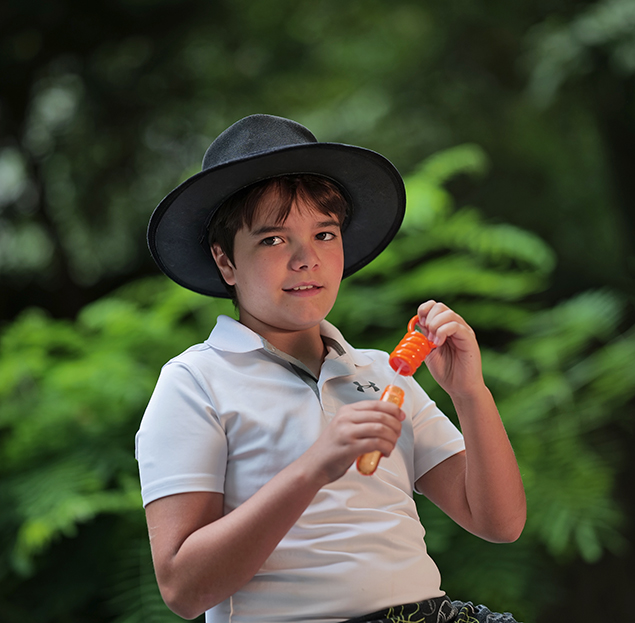
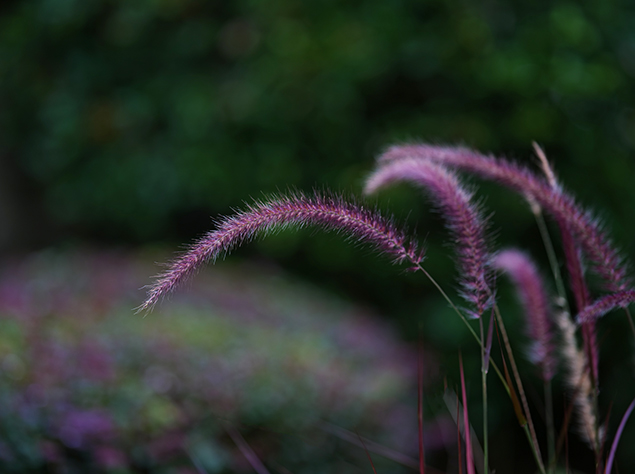
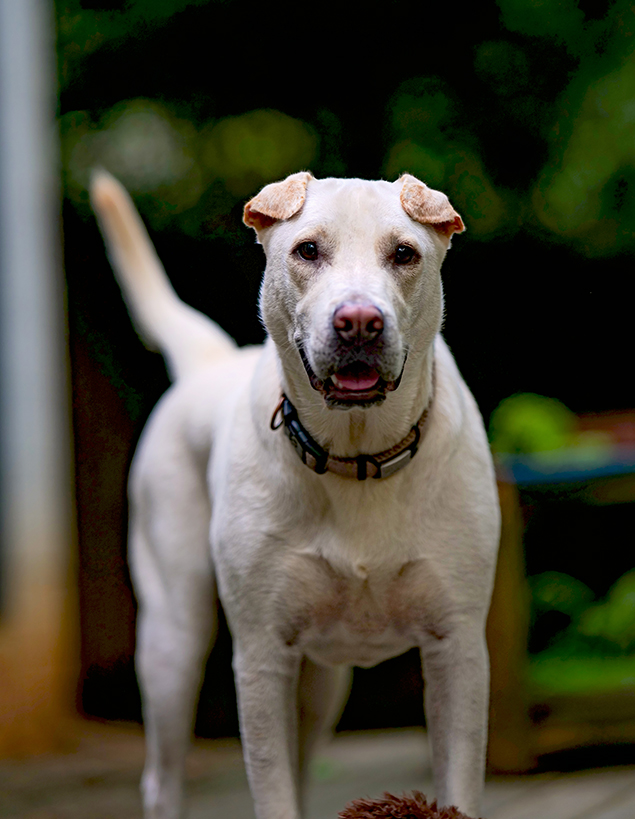
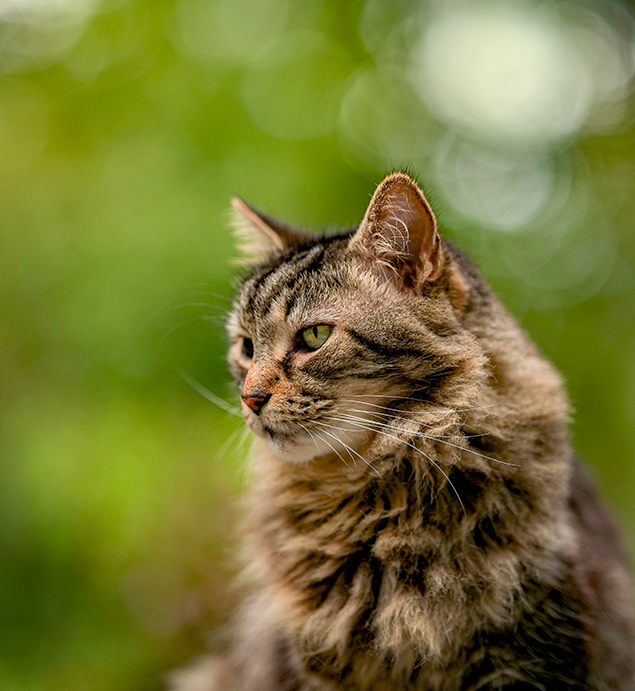
This shot is just one of the examples we'll see in this piece showcasing just how shallow the depth of field potential is with this bright full-frame lens. This can be wonderful for showcasing your subject, and yet can be quite tricky in establishing correct focus. Cameras equipped with eye AF (and animal eye AF) can assist you in this regard, or just relying on the old-fashioned technique of simply moving the AF point around in the EVF works as well.